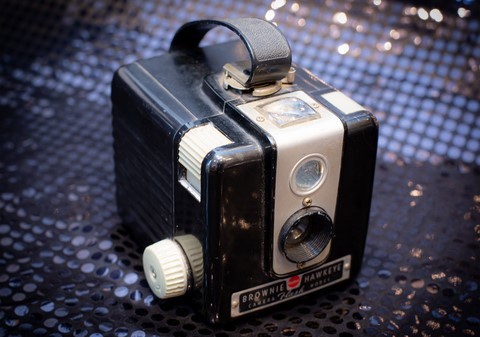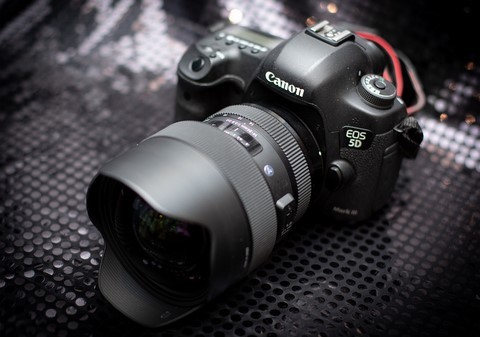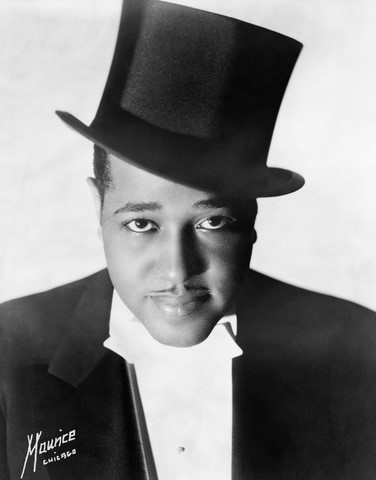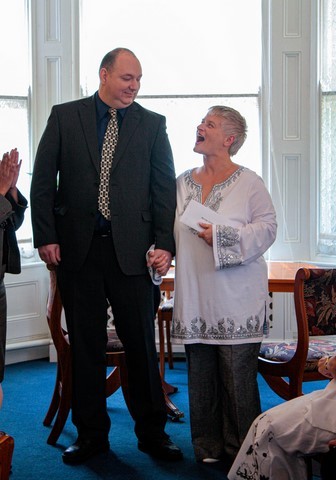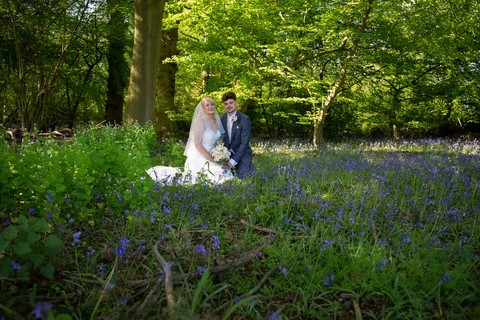About Tim Durham
Cameras
Getting Started
must have the Latest kit!
So how important is it to have the latest kit? I saw some 6ft x 4ft prints in the National Portrait Gallery a few years ago of pictures taken by David Bailey. The colours were a bit odd, as if the developer used was past its use-by date. Only these were taken at the end of the 1990s on small, digital devices. The pictures were superb. Beautifully posed and beautifully lit. The captured image quality was nowhere near the quality that could have been achieved on film but the final prints were every bit good as you would expect.
So lesson number one is, and always has been, that the thing you are photographing is way more important than the tools you use to capture the image. I learnt the second lesson after I bought my first really, really good lens (a Canon 85mm f1.4 lens). If you put that lens on a cheap Canon SLR the pictures looked great. So don't spend all your money on the camera body and skimp on the lenses. We do have a selection of lenses that we have bought over the years. We don't have anything we don't need - every one of our lenses has a specific role.
The "old world" has not gone away. This little portrait was taken in May 2015 on a Nikon FE1 camera using Iford FP4 35mm film. The film was developed at the Harman labs and they sent me high resolution digital scans of the negatives. Instead of pin-sharp digital this shot has a lovely random graininess that, in my view, enhances the picture.
Passion
My early days in photography were about learning the ropes and then experimentation. The limiting factor was usually a lack of funds to pay for film and prints. Sometimes other things seemed more important - like paying for flying lessons. My sister was (and still is) a massive movie fan and she had books of prints from the Hollywood studios. I was fascinated by the publicity prints of the thirties and the forties and would have loved to have been able to spend time in a studio with real lights and brollies trying to recreate the style they had in those days. Instead my photographic interests stayed routed in documenting the main events in my life and capturing those special moments that came along as the children grew up. I was happy to be an amateur photographer.
Reality
Our first digital SLR arrived in 2008. A Canon 450D. There was also a bit of money available to buy some extras so I bought some strobe lights and some brollies, and started living the dream. Well, I was planning to, but first I had to work out how to take decent, well lit portraits with modern equipment. We found a local studio, took some friends along and had a go at portrait photography in the real world. The practise at home paid off and the pictures I took weren't too bad, as I think this one demonstrates. I shared them the some friends and that lead to our first paid photo-shoot. Very exciting.
It wasn't all plain sailing. I did some shoots with a portable backdrop which, at times, was not wide enough for some of the group shots. I needed to do a lot of work to make the photos right. My Photoshop skills-set started to expand.
We had some issues with unexpected shadows and uneven lighting. My Photoshop skills-set expanded even more.
Most of all we learnt that adding one or two extra lights gave us less dramatic pictures, more even lighting and happier customers. Not to mention less work in Photoshop.
The Present
Then somebody we we asked if I could photograph a wedding. "Of course" I said. That was the start, although it was our daughter Sarah who actually took on that job. One thing led to another and I have now been photographing weddings with Sarah my wife Linda for over ten years.
In that time we have done numerous portrait shoots in the studio, engagement shoots (outside when the weather allows it), baby and bump shoots, Weddings and Christenings. Just the one Bar Mitzvah.
I photographed at the London New Year's Day parade for three years in a row. Never once did we have a blue sky and sunshine. I also photographed at the Brexit rallies in 2019 and with candidates for the 2019 election. That was a very interesting time. I also photographed at corporate events and award ceremonies.
In 2016 I had a major photo opportunity with a trip that took in the Grand Canyon, Monument Valley, Bryce Canyon and Las Vegas. I planned to go back to the U.S. in April 2021 and spend some time in Yosemite National Park (following in the footsteps of Ansel Adams). Sadly I'll have to wait another year before I can do that (in turned out to be another two years).
I am now looking to move on from Weddings and Portraits to bigger and better things. I am enjoying landscape photography and I am still learning new ways to enhance photographs in the digital darkroom.
